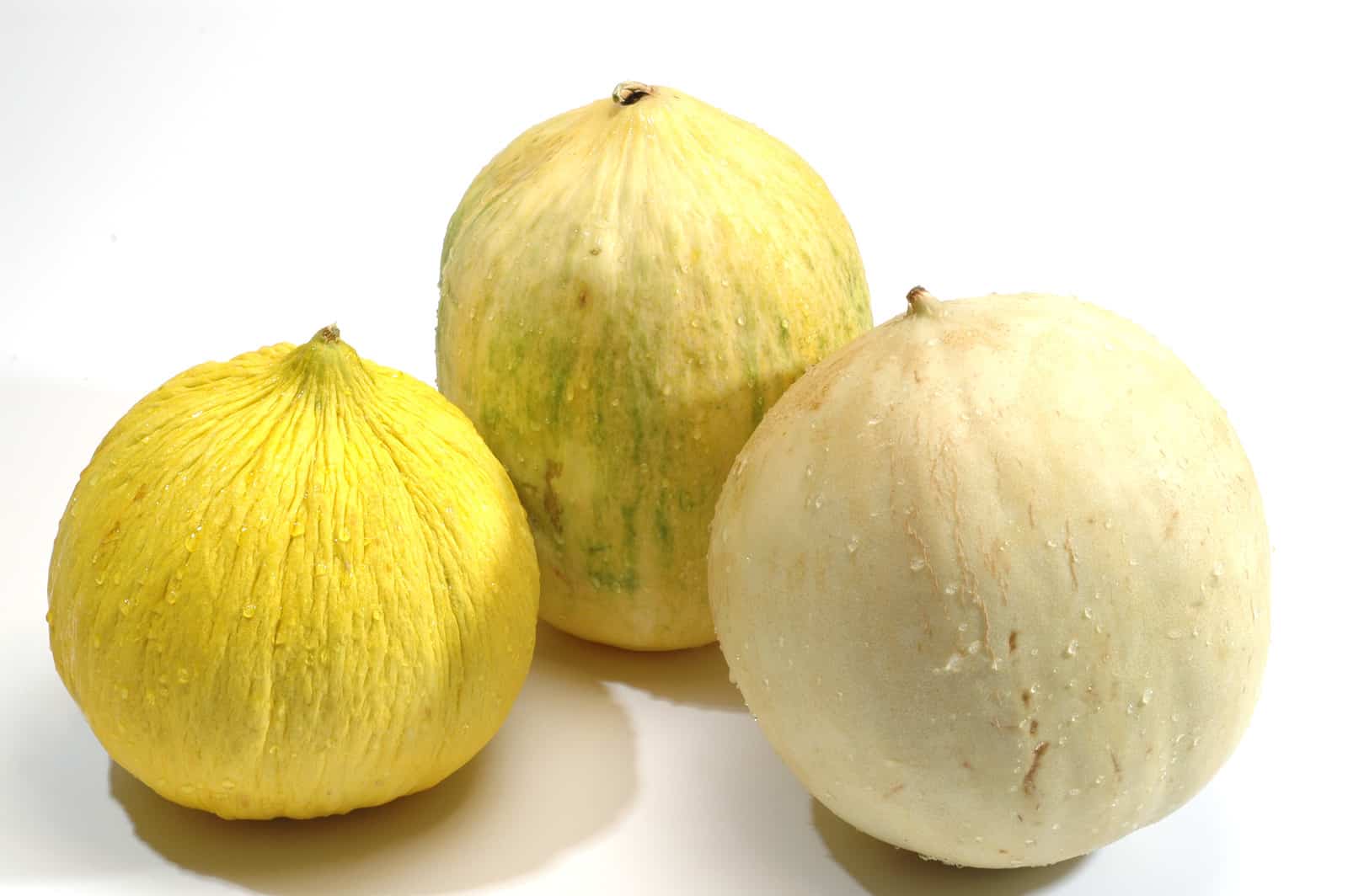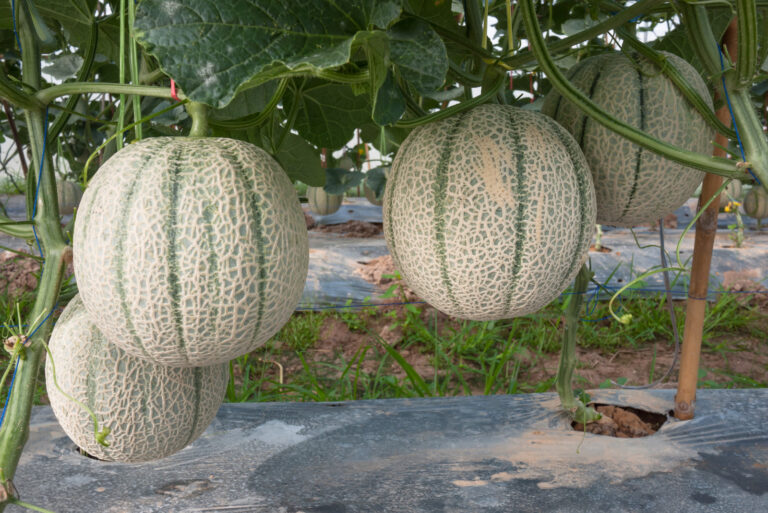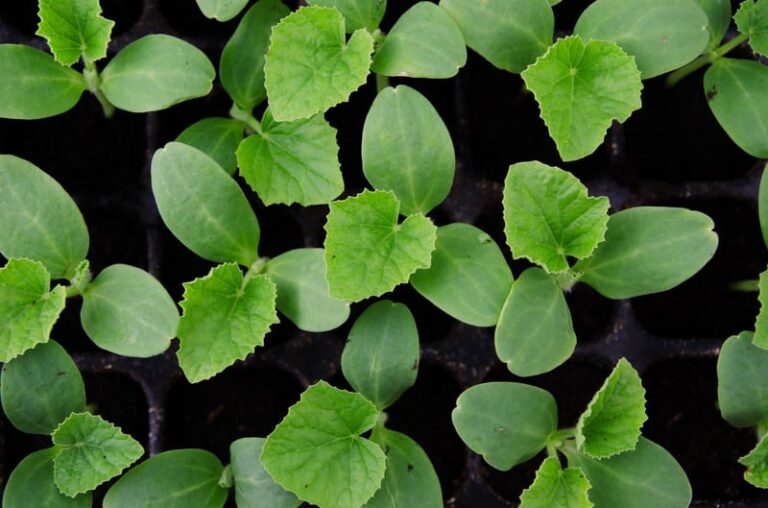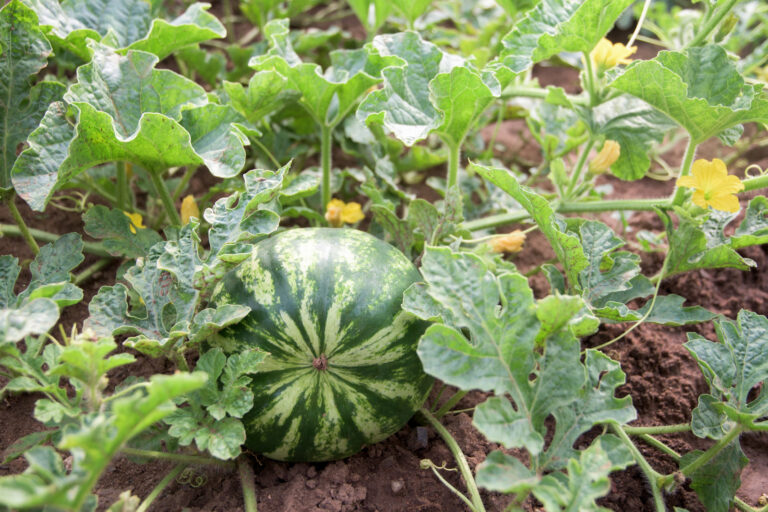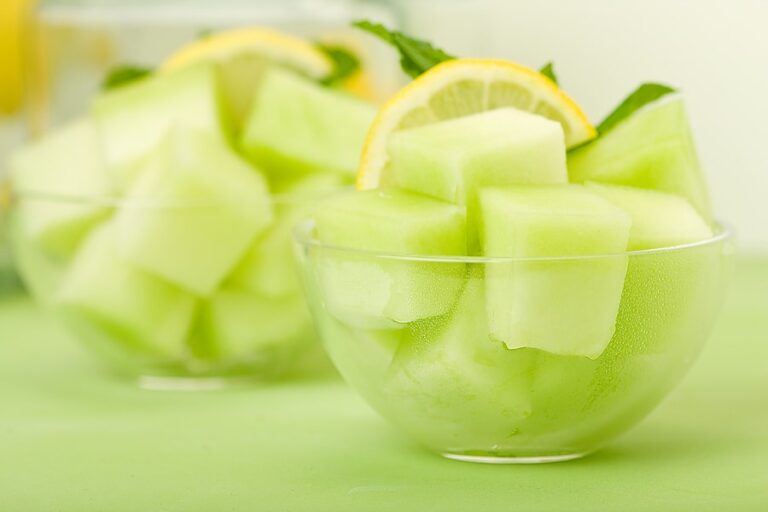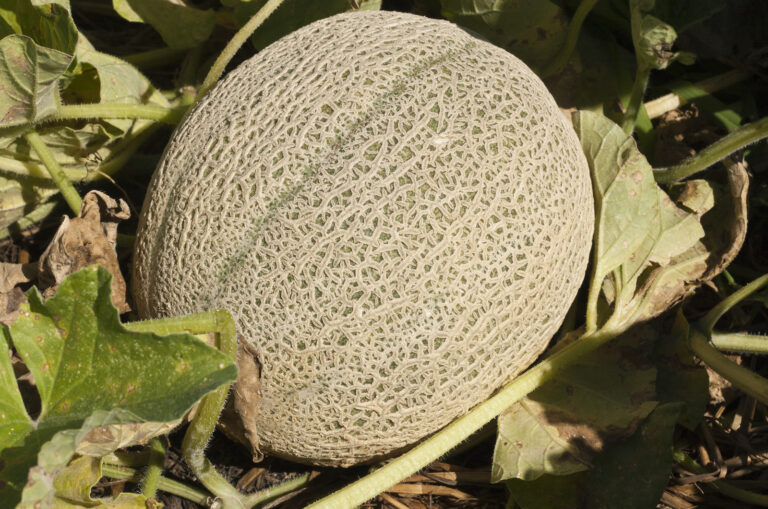Summer Melons vs Winter Melons: Know the Difference
Melons are a favorite in the summer garden, but not all melons are created equal. Knowing the difference between summer melons and winter melons can help you plan your garden more effectively and enjoy a longer harvest season. While all melons are grown during the warm season, their time to maturity and harvest windows vary significantly.
What Are Summer Melons?
Summer melons are typically ready for harvest from mid to late summer. This group includes muskmelons, cantaloupes, and watermelons. These melons mature relatively quickly—usually in 70 to 90 days—and are best enjoyed fresh off the vine when the weather is hot.
Popular Summer Melon Varieties:
- Cantaloupes (muskmelons): ‘Ambrosia’, ‘Burpee Hybrid’, ‘Earlisweet’
- Green-fleshed melons: ‘Galia’, ‘Jenny Lind’, ‘Passport’
- Watermelons: Not covered in depth here, but also considered summer melons
What Are Winter Melons?
Despite the name, winter melons are not grown in winter—they’re grown during the summer but harvested later, from late summer into fall. These melons have a longer growing season, often needing 100 to 115 frost-free days to fully mature. They’re called “winter melons” because some varieties store well and can be enjoyed into the winter months.
Common Winter Melon Types:
- Casaba: Wrinkled golden-yellow rind, subtly sweet white flesh
- Crenshaw: Juicy, salmon-colored flesh, spicy-sweet flavor
- Honeydew: Smooth-skinned, pale rind with sweet green flesh
- Persian: Large, netted rind with musky orange flesh
- Charentais: Small French heirloom with fragrant orange flesh
Shared Growing Requirements
Whether you’re growing summer or winter melons, they share many of the same cultural needs:
- Warm soil: Plant after the danger of frost has passed
- Full sun: At least 6–8 hours daily
- Well-drained soil: Melons prefer sandy loam enriched with compost
- Consistent moisture: Especially during fruit set and swelling
- Space to spread: Vines can sprawl 6–10 feet or more
Winter melons may require slightly more attention due to their longer growing season and greater susceptibility to cold damage near harvest.
Choosing Melon Varieties for Your Garden
To make the most of your melon patch, grow both summer and winter varieties. This staggered approach allows you to enjoy sweet, juicy fruit from mid-summer into fall. Here’s a breakdown by flesh type and variety:
Orange-Fleshed Summer Melons:
- ‘Ambrosia’, ‘Burpee Hybrid’, ‘Bush Star’, ‘Harper Hybrid’, ‘Superstar’
Green-Fleshed Summer Melons:
- ‘Galia’, ‘Passport’, ‘Jenny Lind’, ‘Rocky Sweet’
Honeydew Types (Late Season/Winter Melons):
- ‘Honeydew’, ‘Tam Dew’, ‘Morning Dew’, ‘Early Dew’, ‘Venus’
Other Winter Melons:
- ‘Crenshaw’, ‘Golden Beauty Casaba’, ‘Honeyshaw’, ‘Marygold’
In Summary
Understanding the difference between summer and winter melons isn’t just about harvest time—it’s about planning for variety, flavor, and storage. Summer melons are your go-to for quick returns and immediate sweetness. Winter melons take a bit more patience but reward you with longer shelf life and distinctive flavor profiles.
Plant both, and you’ll enjoy a steady supply of melons from July through the first frosts of autumn.
🥒 Melon Planting Guide: Summer & Winter Melons 🍈
Grow juicy, flavorful melons all season long
🌱 WHEN TO PLANT
- Summer Melons (Cantaloupes, Muskmelons, Watermelons):
Sow seeds or transplant 2–3 weeks after last frost, when soil is at least 70°F (21°C). - Winter Melons (Honeydew, Crenshaw, Casaba):
Start early—sow indoors 4 weeks before the last frost or direct seed as soon as the soil is warm. They need 100–115 frost-free days.
☀️ GROWING CONDITIONS
- Sunlight: Full sun (6–8+ hours/day)
- Soil: Loose, fertile, well-draining soil (pH 6.0–6.8)
- Spacing:
- Hills: 2–3 seeds per hill, spaced 3–4 feet apart
- Rows: Thin to 1 plant every 18–24 inches, rows 5–6 feet apart
- Watering: Keep soil consistently moist (not soggy), especially during flowering and fruiting
- Feeding:
- At planting: Mix in compost or aged manure
- Mid-season: Feed with a balanced fertilizer or side-dress with compost tea
📅 DAYS TO MATURITY
| Melon Type | Days to Harvest |
|---|---|
| Cantaloupe | 70–90 days |
| Galia | 75–80 days |
| Watermelon | 70–100 days |
| Honeydew | 90–110 days |
| Crenshaw | 100–115 days |
| Casaba | 100–115 days |
🍈 TIPS FOR SWEETER MELONS
- Reduce watering slightly as fruit ripens (too much water can dilute sugars)
- Let fruit fully ripen on the vine—most varieties won’t sweeten after harvest
- Use mulch to retain soil warmth and moisture
🧺 HARVESTING
- Summer melons: Slip easily from the vine when ripe
- Winter melons: Do not slip—harvest when the skin changes color and the blossom end softens slightly
Melons Overview: The Ultimate Guide to Growing Melons: From Planting to Harvest
Watermelons: How to Grow Watermelons from Seed to Harvest: Ultimate Guide for Sweet, Juicy Success
Related Posts:
Planting & Growing Basics
- When to Plant Melons for the Best Harvest
- Best Soil and Location for Growing Melons
- Planting and Spacing Melons Step-by-Step
- Growing Melons on Mounds and Hills: A Proven Method for Stronger Plants and Sweeter Fruit
Care & Maintenance
- Watering and Feeding Melons for Maximum Sweetness
- Caring for Melons Through the Season: A Practical Guide
- Melon Pollination: How It Works and When to Lend a Hand
- Melon Pests and Diseases: Identification and Control
Space-Saving Techniques
- Melons in Small Spaces: Container Growing Made Easy
- Growing Melons Vertically: Save Space and Boost Harvests
- Trellising Cantaloupes: Why and How
Ripeness & Harvesting
- How to Tell When Melons Are Ripe
- How to Know When Cantaloupes Are Ripe: Slip Stage and Other Signs
- The Gardener’s Guide to Harvesting and Storing Melons for Peak Flavor
Melon Types & Varieties
- Summer Melons vs Winter Melons: Know the Difference
- Growing Gaila, Honeydew, and Crenshaw Melons
- Best Cantaloupe Varieties for Home Gardens
Enjoying the Harvest

